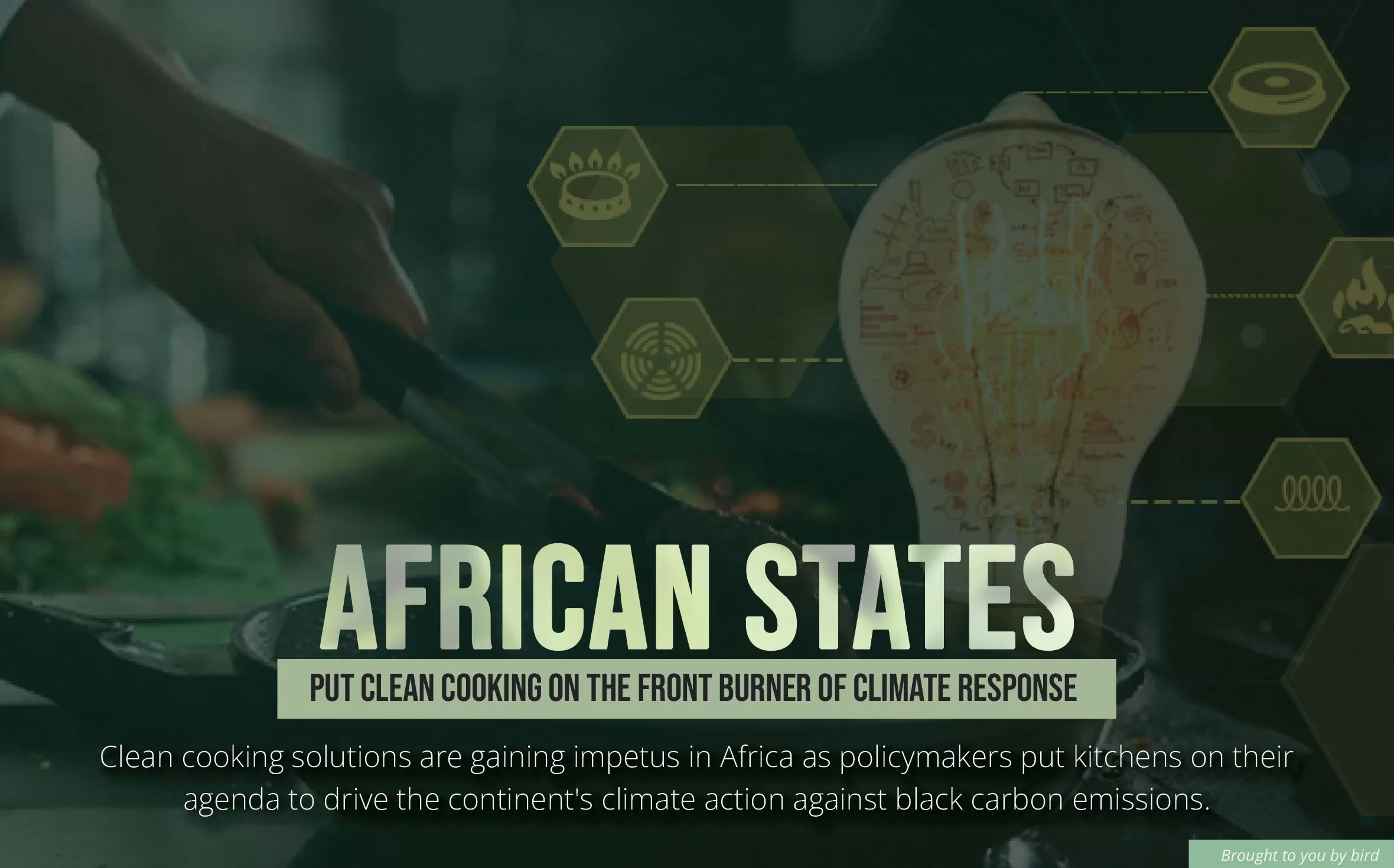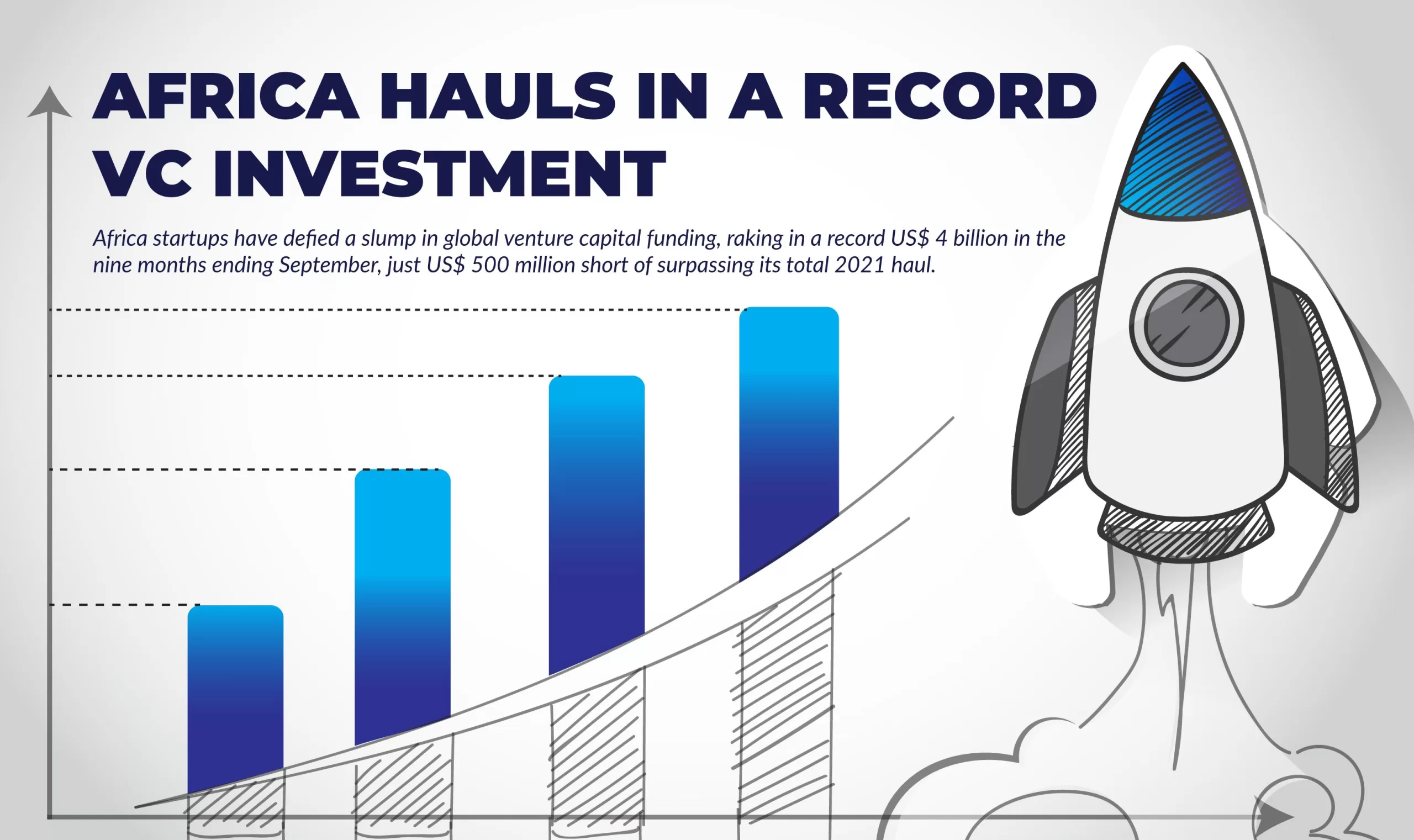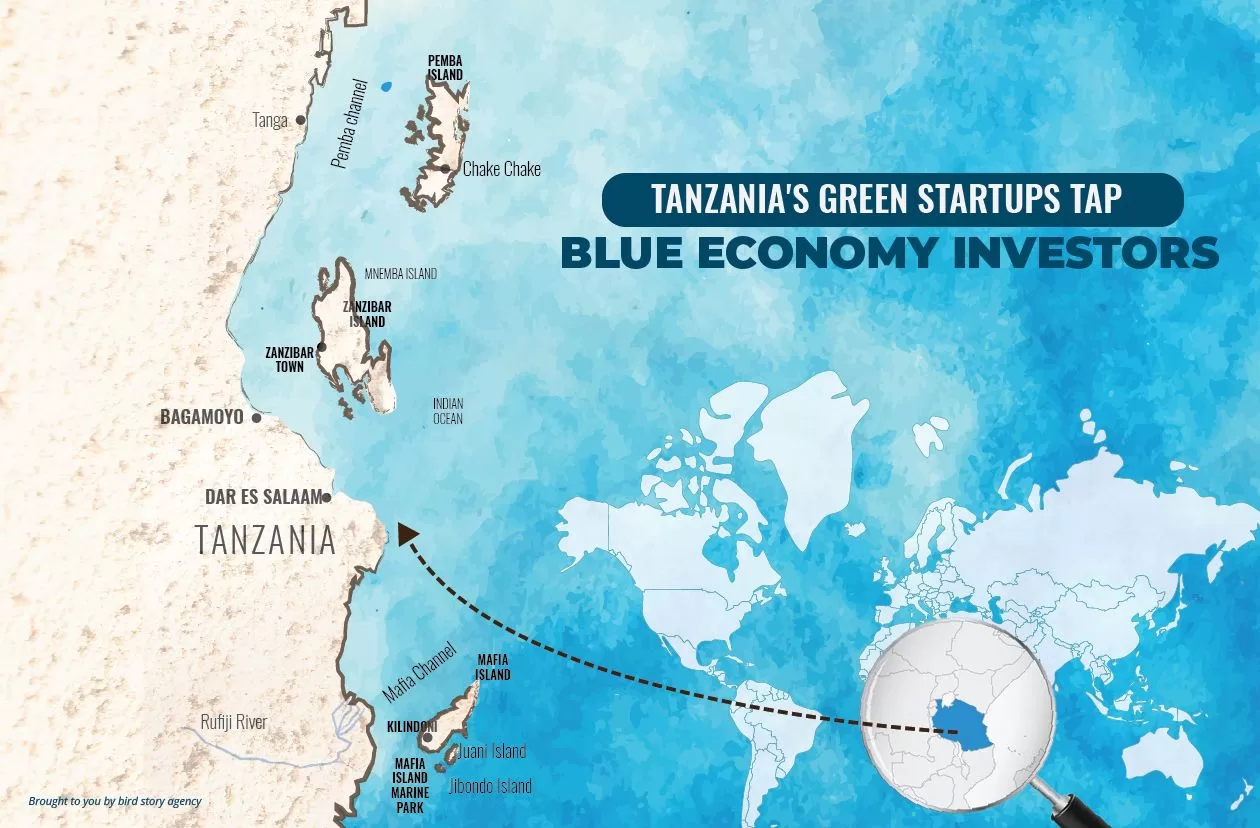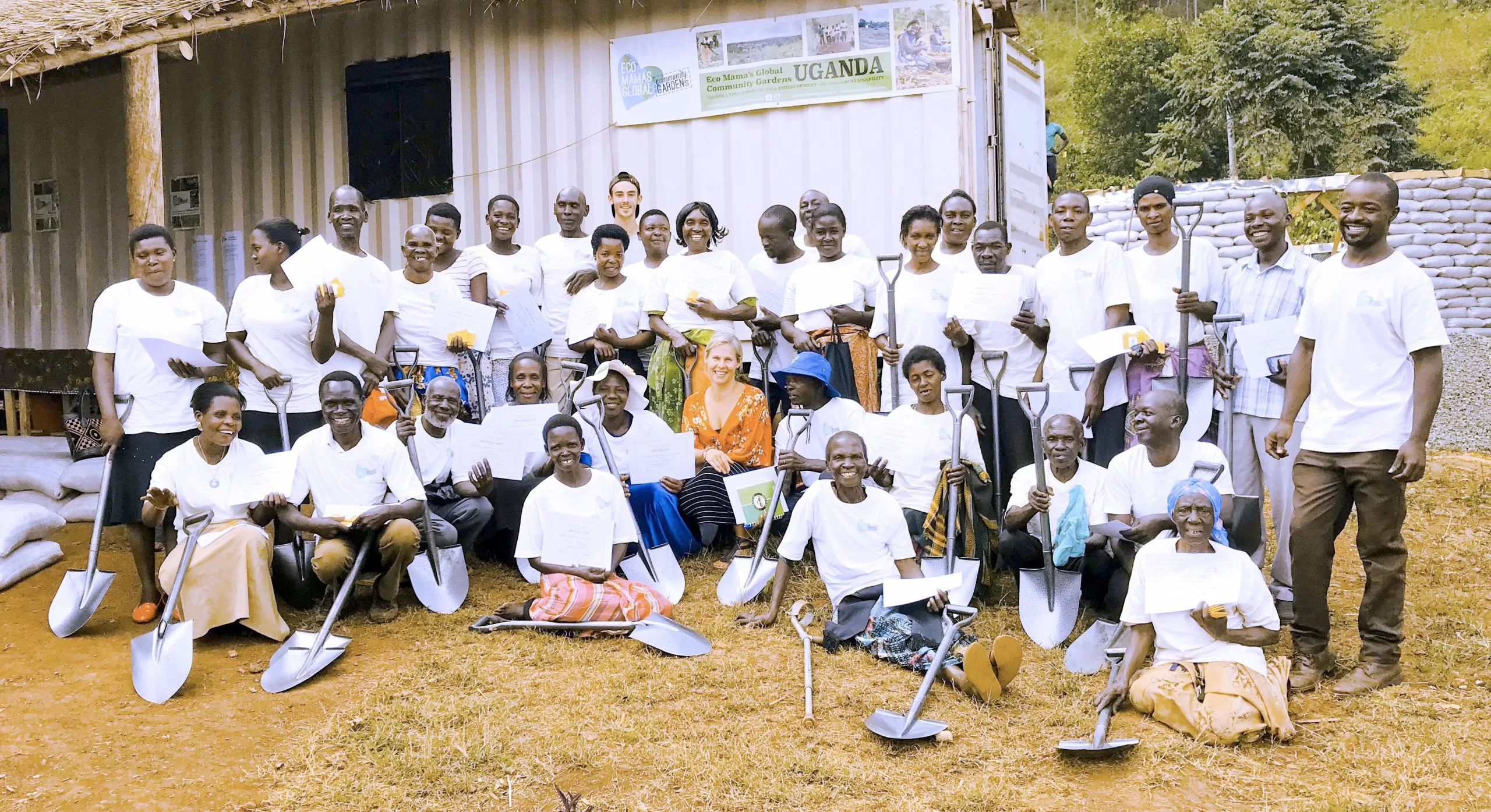
How we cook can help save the planet – clean cooking solutions coming to a kitchen near you
Seth Onyango, bird story agency
To sustain ourselves we must eat. To sustain the planet, we can learn to cook using methods that don’t harm the environment. The good news, according to an International Energy Agency report, is that across Africa people are adopting new methods of cooking, choosing options that are not only cleaner but also cheaper.
International Energy Agency (IEA) figures show that nearly all North African states now use cleaning cooking methods. The chart-toppers are Libya, Egypt, Tunisia, Algeria and Morocco, with almost universal adoption.
South Africa and Gabon cook clean too. In Botswana, Angola and Namibia, Sudan and Mauritania, almost one in two homes now use what is referred to as clean cooking methods.
By moving away from wood and coal cooking fires, Africa will contribute substantially to a cooler world. Recent reports indicate this is already happening.
The agency’s projections show that in a best-case sustainability scenario as many as 100 million people will gain access to clean cooking methods from 2022 to 2030 if the right policies are rapidly adopted. That’s considerable growth potential but it comes off a low base. In a study conducted in 2020, 77.7 percent of Nigerian households declared to have been cooking over an open fire, according to Statista.
So, how will this be achieved? According to the IEA’s Africa Energy Outlook 2022, public and private organisations and companies are key. That includes public-private partnerships like the Clean Cooking Alliance, who are targeting kitchens across the continent, especially in rural communities where wood-burning is still a common way of preparing meals.
While the push for change is often philanthropic, however, there are also significant commercial drivers. Private companies on the continent are stepping in to offer a wide variety of alternatives to wood and charcoal burning – from solar micro-grids to electric cooking solutions that work with solar.

In most instances, women are leading the charge.
In Zambia, for example, about six in 10 sales agents for the home solar system company, WID Energy, are women. Jaza Energy, a Tanzanian company, has all-women local teams operating a distributed network of solar-powered battery charging stations.
The choice of women as agents is very deliberate.
“These companies… achieve a larger reach by having female sales agents and staff, who are often better at convincing households and communities to adopt clean energy solutions and teaching how to operate and maintain solar home systems,” says the energy agency.
The Clean Cooking Alliance and others are also offering networking, technical skills training and apprenticeship
opportunities to encourage women to build careers in the energy sector to be entrepreneurs who introduce clean stoves into their communities.
Civil society organisations say charcoal and wood fires are being doused every day as more people turn to biomass, infrared stoves and clean cookers for their kitchens.
The results of a study released in June by Energy 4 Impact and Modern Energy Cooking Services, based on the “cooking diaries” of a sample of household cooks, showed a high level of uptake of electric cooking from households that formerly cooked with wood or charcoal. While electrification – utility and micro-grid – has been
rolled out widely across Rwanda, the transition was also due to the ease of cooking common Rwandan dishes using electric pressure cookers or infrared stoves – both provided as options in the study – as well as due to cost savings.
The results, delivered to Rwandan decision makers and launched at an event in Kigali, showed that cooking with electricity was very cost-competitive, at US$ 0.047 per person per meal as compared to charcoal at $ 0.068 per person per meal and US$ 0.073 for liquefied petroleum gas (LPG).
While a major switch away from wood and charcoal will help to limit deforestation, more significantly, perhaps, it will also offer Africa a further means of contributing to international efforts to limit global warming.
Cooking on open fires and on inefficient wood-burning stoves emits 25 per cent of global black carbon emissions, the second largest contributor to climate change after carbon dioxide according to the Clean Cooking Alliance.
Black carbon particles absorb sunlight, thereby warming the atmosphere, and are estimated to be second only to CO2 in their warming impact on the climate. A reduction in the number of cooking fires will have a major impact on warming trends.
Meanwhile, IEA figures show that around 40 per cent of the people gaining first‐time access to clean cooking over 2022‐30 in Africa will use solid biomass in improved biomass cook stoves, with women driving this shift.
“This is the cheapest and most practical means of providing clean cooking as it avoids the need to switch fuels and build new supply infrastructure, the IEA says. Most will be through LPG (cleaner than charcoal or wood-fired cooking), bio-digester gas, ethanol and electricity delivered through renewable energy sources.
While the rollout of electric microgrids may offer a more practical as well as cheaper alternative, electric cooking remains a niche solution as a primary cooking source, especially in rural areas.
“In rural areas, improved biomass cookstoves represent around 60 per cent of the people gaining access, LPG around 20 per cent and biogas from bio-digesters around 10 per cent.”
All of the clean cooking options work to improve the health of those using the options, as well as their families.
“At a household level, clean cooking reduces health risks related to indoor air pollution, particularly for women and children,” the IEA said in its Outlook.
According to Riccardo Puliti, Global Director, Energy and Extractive Industries and Regional Director for Infrastructure, Africa, clean cooking must be a political, economic, and environmental priority, supported by policies and backed by investments and multi-sector partnerships.
“To make that kind of change, the level of commitment and the scale of investment matter,” he urged.
With more solar panels coming to African rooftops and micro-grid networks expanding to rural parts of the continent, the benefits include not only improved health but also improved home circumstances, according to the IEA’s Outlook, with household lighting also enabling chores and homework in the evenings.
bird story agency






![Blockchain offers to boost Africa’s carbon market [Graphics: Hope Mukami]](https://devage.co.zw/wp-content/uploads/2022/09/Blockchain_offers_to_boost_Africa_s_carbon_market_01-jpg.webp)
